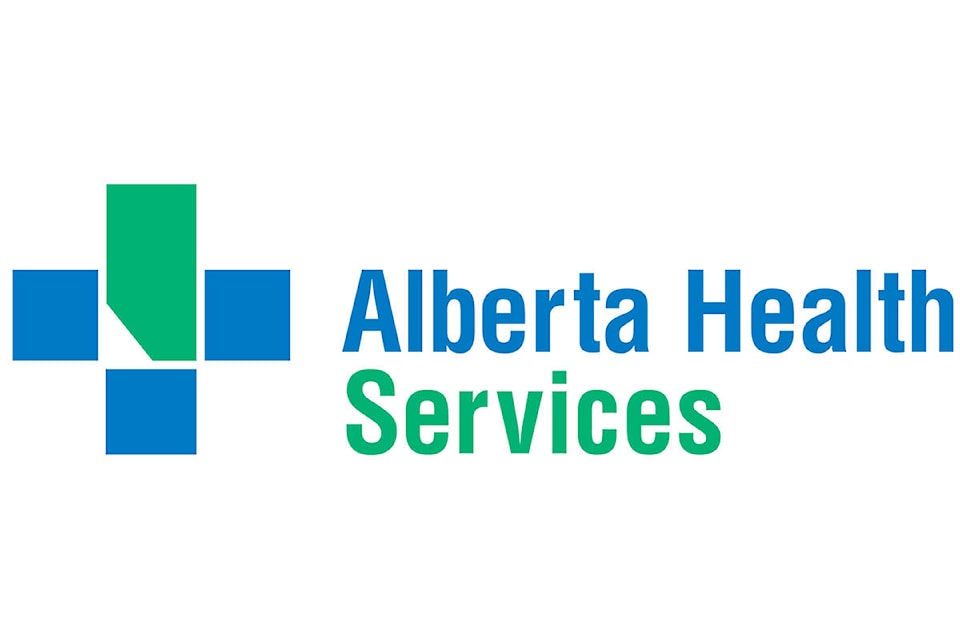Alberta Health Services is postponing up to 1,500 imaging procedures per week due to a temporary global shortage of contrast dye used in CT scan imaging and angiographic procedures.
“Imaging procedures will only be deferred if it is considered clinically safe to do,” AHS said in a news release Friday.
“Patients with critical needs will continue to be prioritized as radiologists and other physicians review all requests for imaging and intervention.”
AHS is also considering the use of alternate imaging options, such as Ultrasound and MRI, where clinically appropriate.
There is currently a worldwide shortage of contrast dye material which is impacting healthcare systems across North America, with other jurisdictions also postponing some imaging scans, said AHS.
Karen Horon, interim vice-president of cancer care Alberta and clinical support services with AHS, said the health authority is doing everything it can to ensure patients get the care they need as timely as possible.
“Our teams are working with practitioners to collaborate on strategies to preserve supply for those who need it most, and meeting daily with suppliers and other partners across the country for situation updates,” said Horon.
AHS is contacting all affected patients directly. These patients will be updated by AHS on an ongoing basis and will be rescheduled as soon as possible.
Contrast dyes are used to enhance the visibility of certain blood vessels, organs or other body structures in CT and other imaging procedures. When introduced into the body before an imaging exam, contrast dyes make certain structures or tissues in the body appear different on the images than they would if no contrast dye had been administered. This helps physicians diagnose certain medical conditions.
AHS typically performs about 10,000 imaging scans per week in Alberta, of which about 50 per cent use the contrast dye.
Send your news tips
Like us on Facebook and Follow us on Twitter
